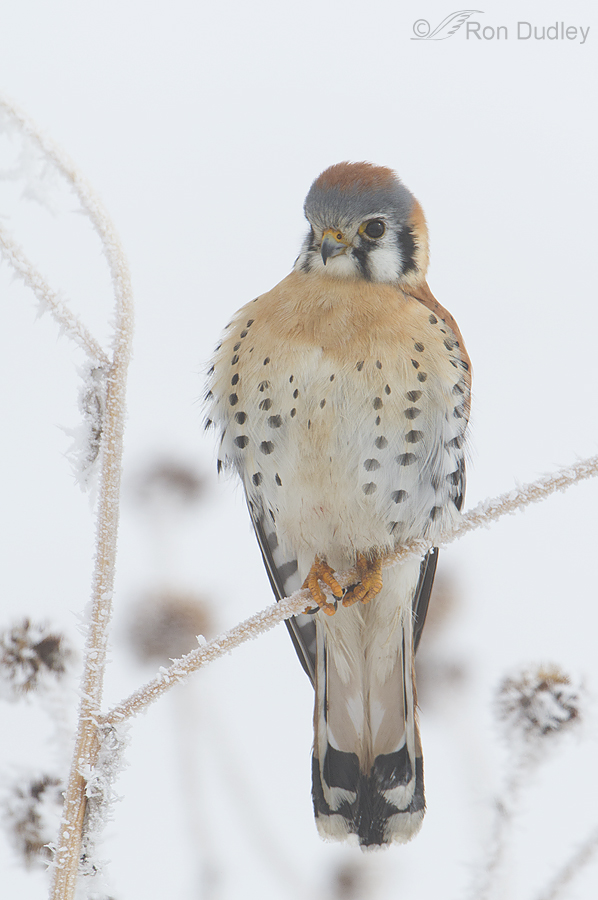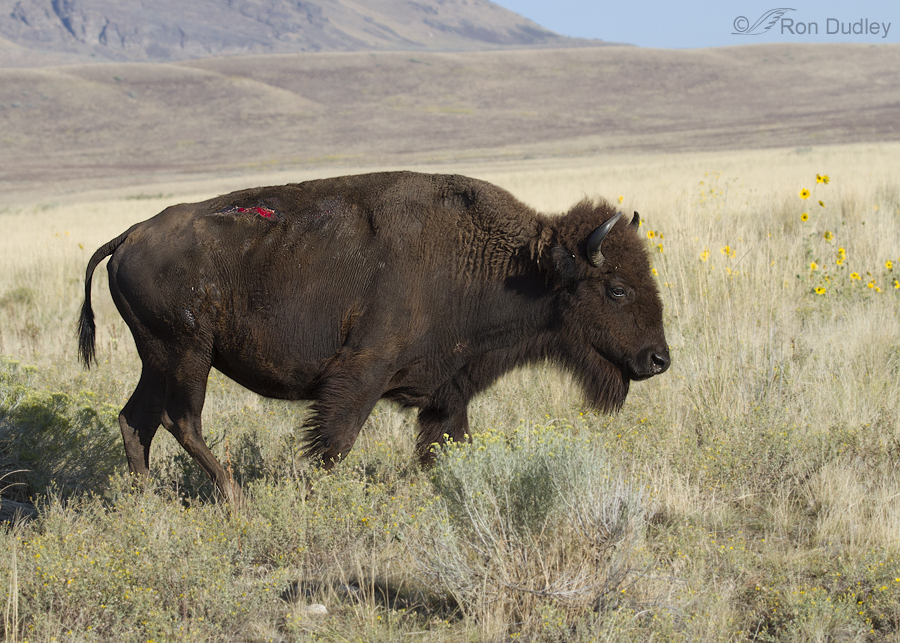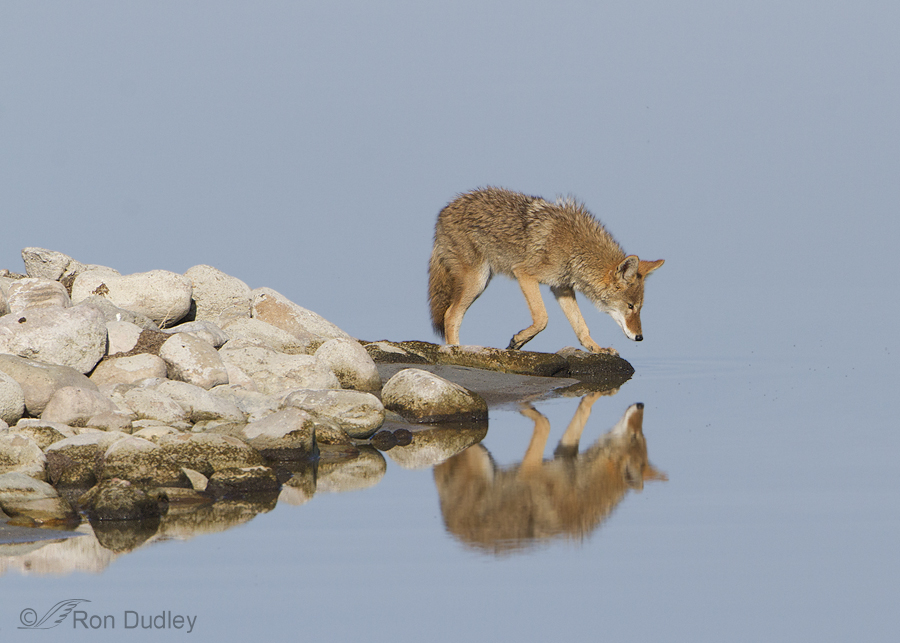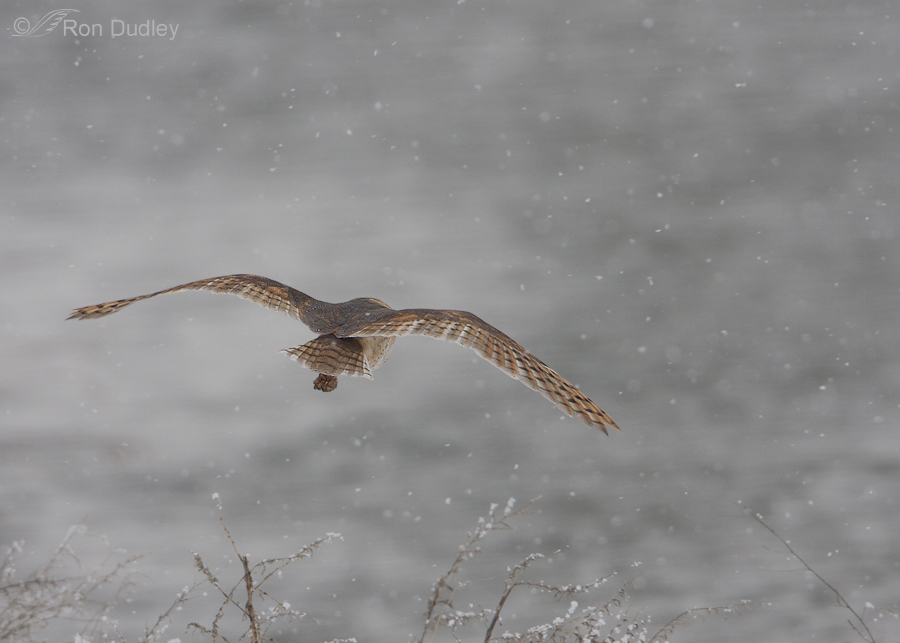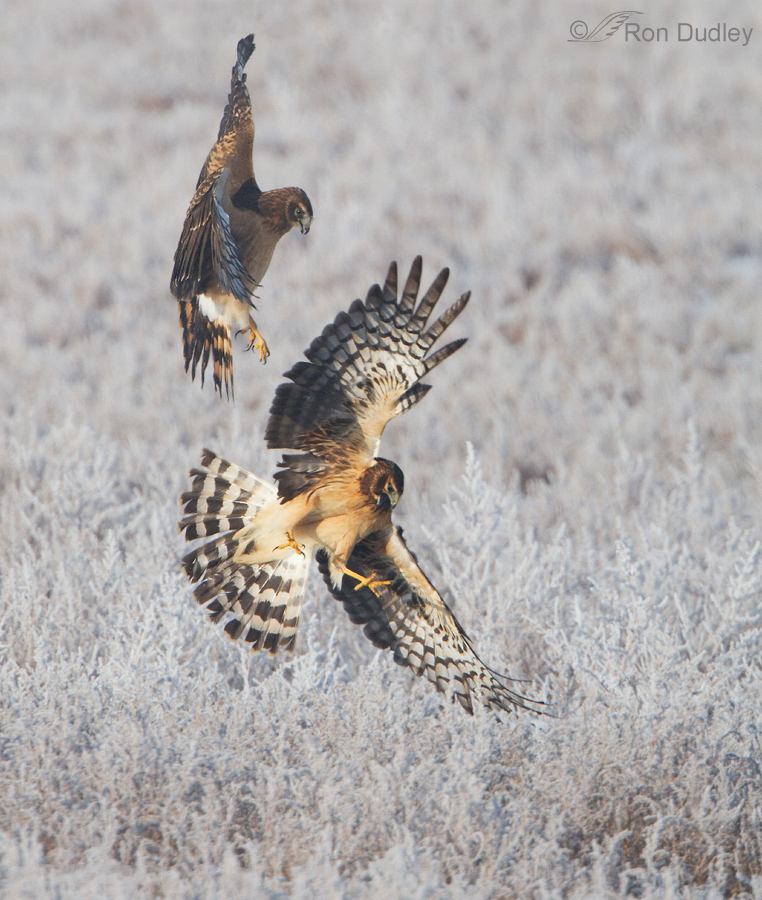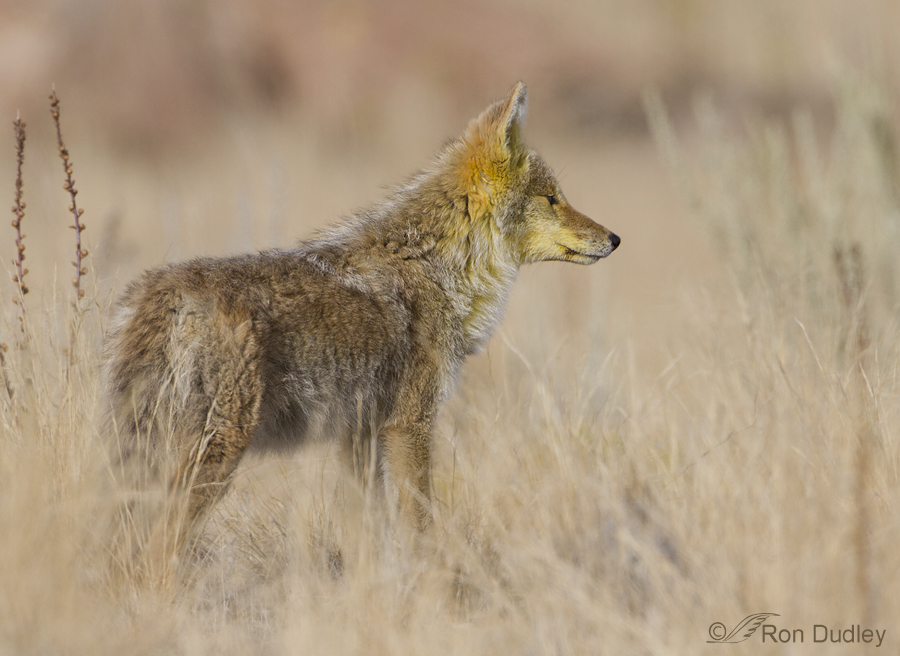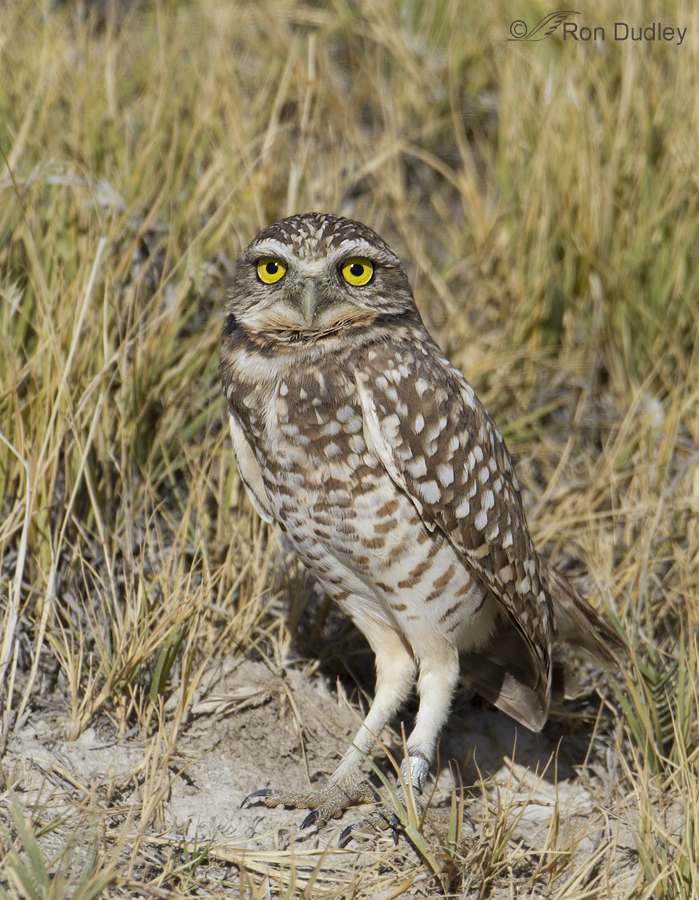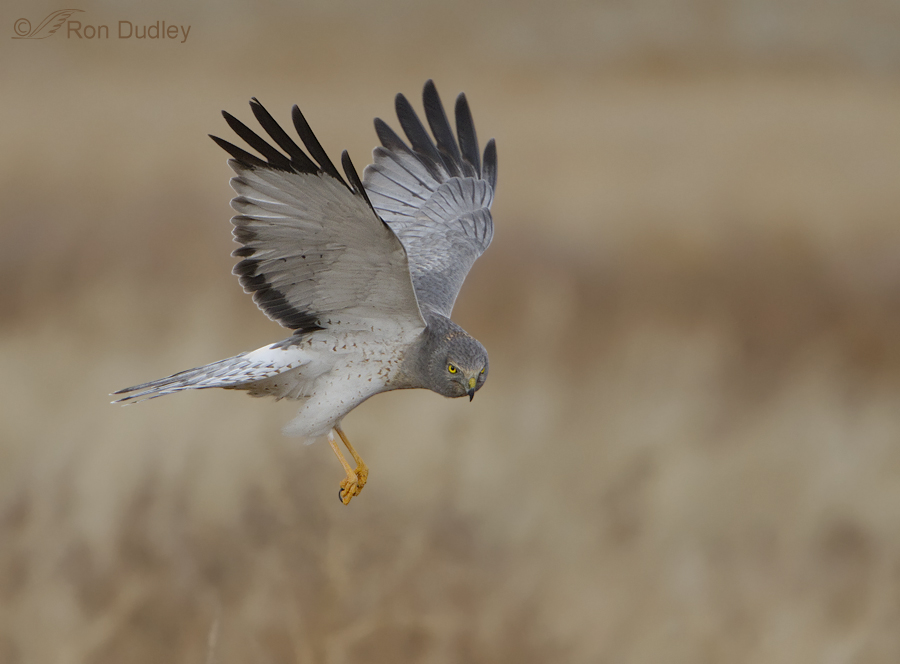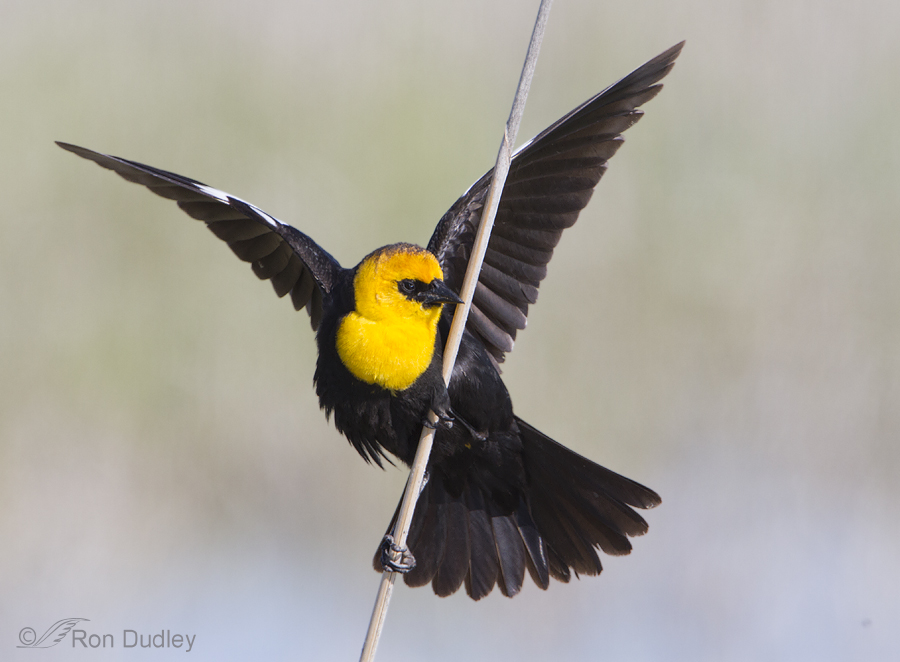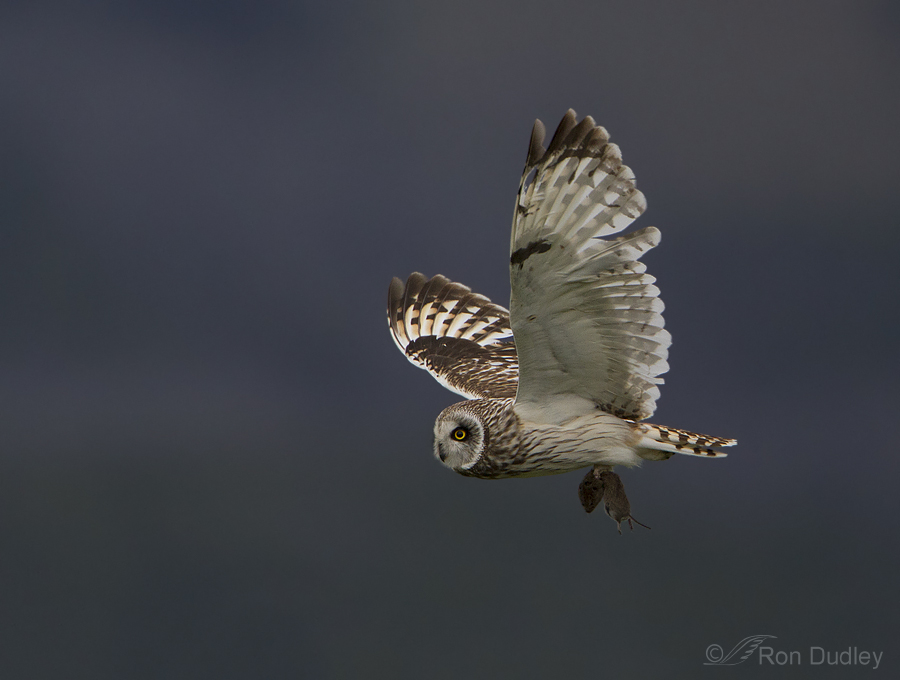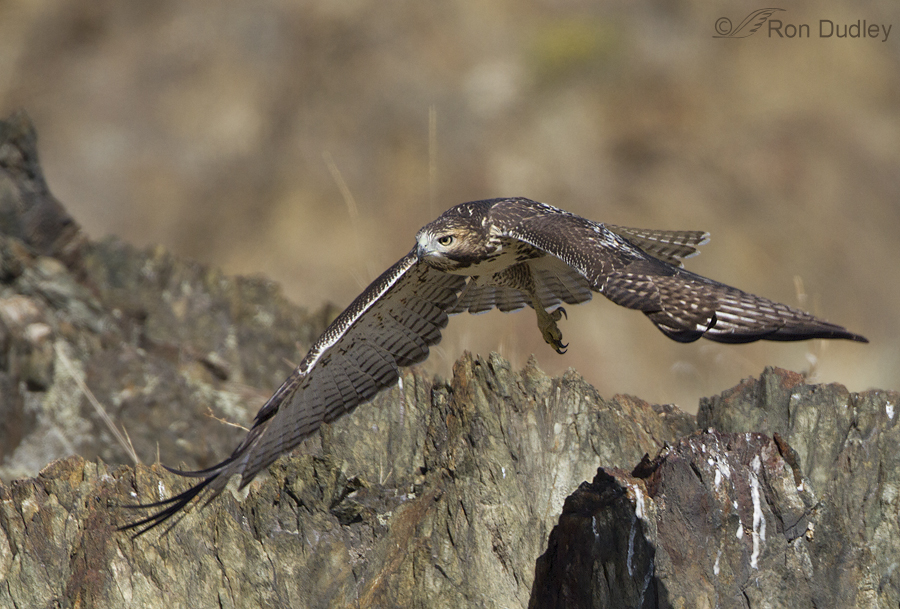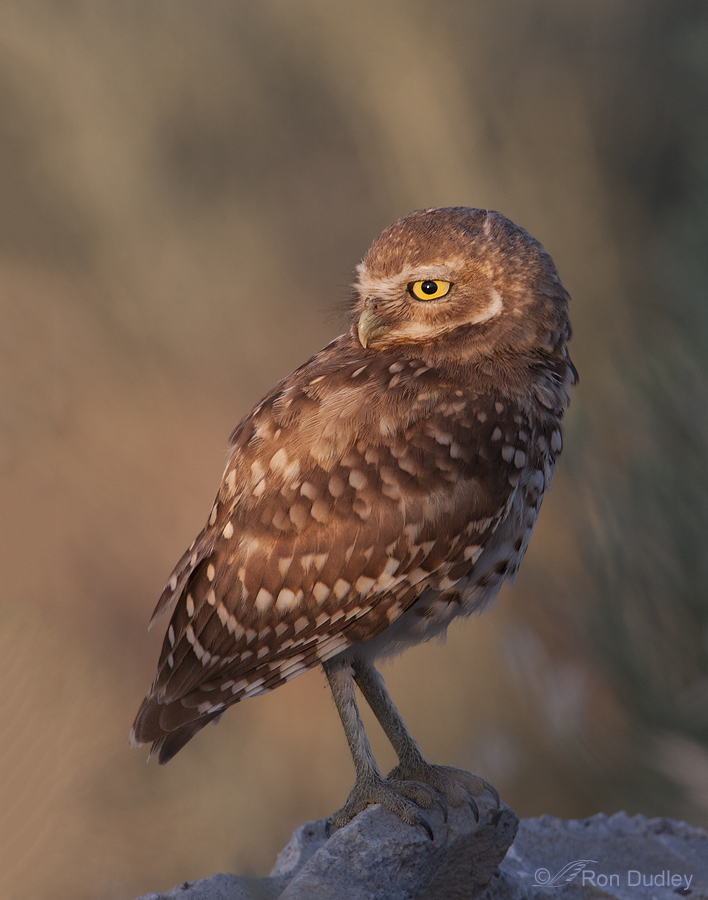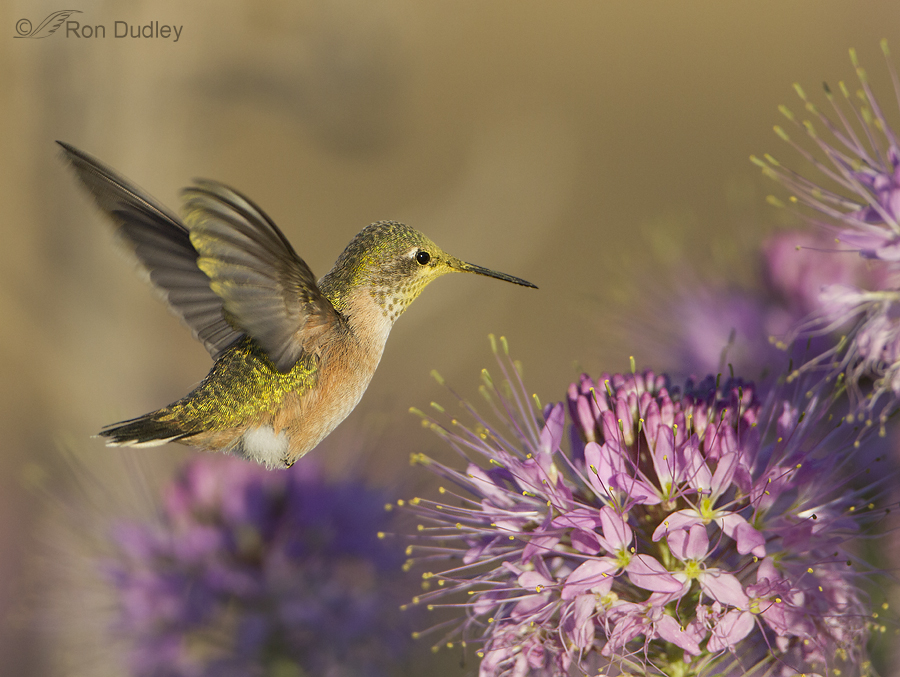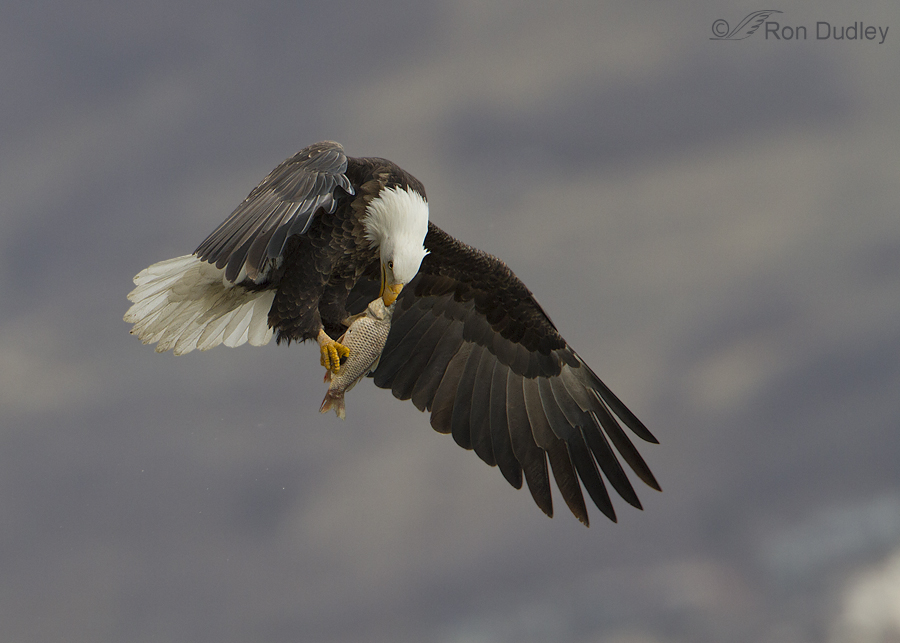Mourning Dove – Why Do I Usually Ignore The Common Species?
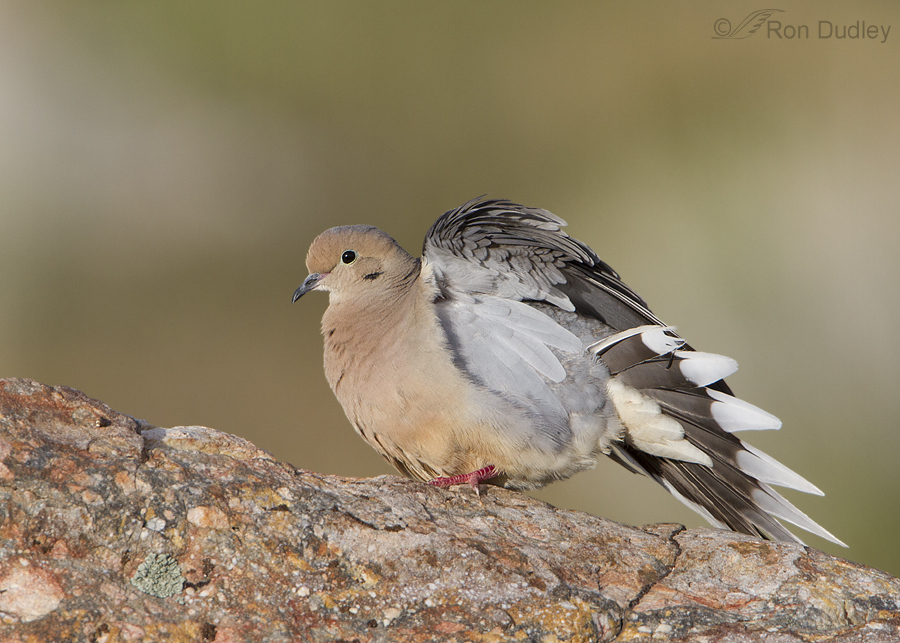
As a bird photographer I continually struggle with the tendency to ignore the more common species. This is a bad habit I’ve tried to break over the years but my success has been limited so I still too often pass on opportunities with species like the American Robin, House Finch, American Coot and Mourning Dove. Many fellow photographers have the same tendency and I think we miss some wonderful shots as a result.


